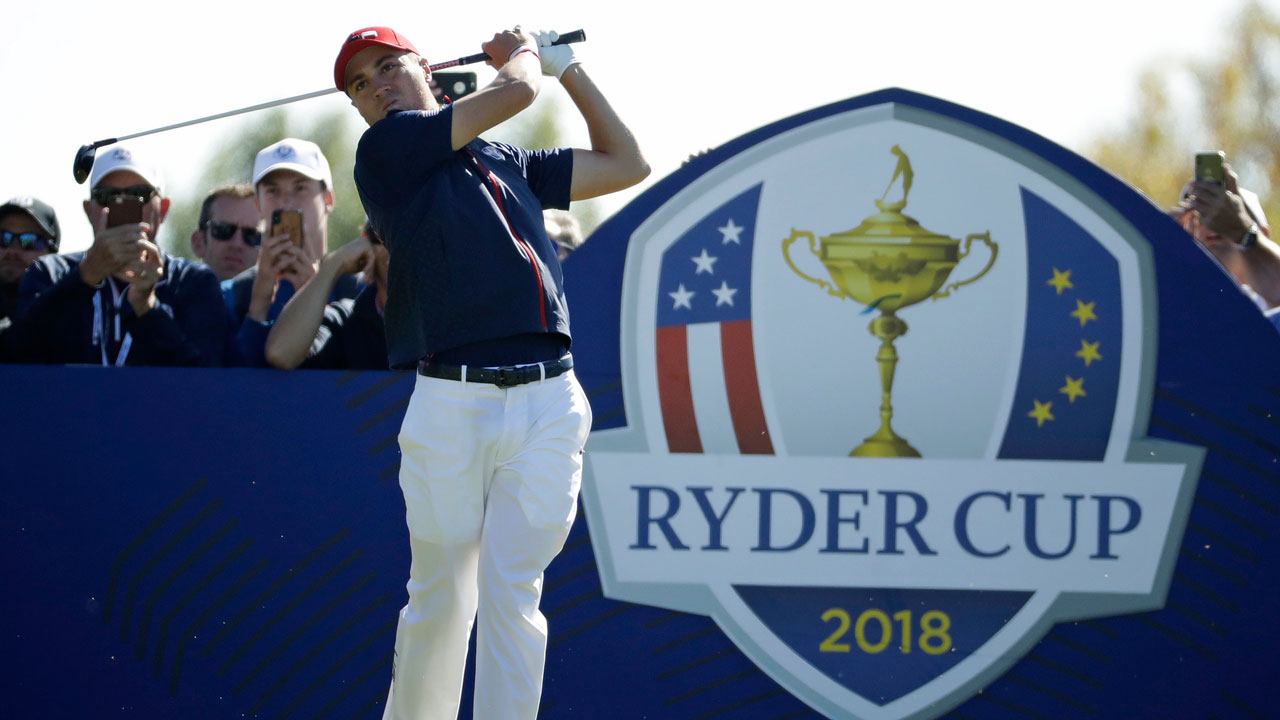In the world of professional golf, individual triumph is the gold standard. Players meticulously refine their swings, strategize their shots, and ultimately vie for personal glory. Yet, every two years, this intensely individual pursuit transforms into a gripping team spectacle: the Ryder Cup. Far from a mere tournament, it is a transatlantic clash of continents, a battle where national pride and collective strategy eclipse personal accolades, delivering some of the sport`s most memorable and emotionally charged moments.
A Legacy Forged in Friendly Rivalry
The Ryder Cup`s story began in 1927, initiated by English seed merchant Samuel Ryder, who envisioned a biennial golf contest between professionals from Great Britain and the United States. What started as a gentleman`s agreement swiftly evolved into a fiercely competitive tradition. As golf`s landscape expanded, so too did the Ryder Cup, welcoming players from continental Europe in 1979, thus cementing the “Europe vs. USA” dynamic we know today. This transformation injected fresh energy and talent, intensifying the rivalry and elevating the event`s global stature. With venues alternating between the United States and Europe, the home crowd`s fervent support often becomes an additional, formidable player on the course.
The Unconventional Arena: Match Play Explained
Unlike most professional golf tournaments that employ stroke play (counting every shot over 72 holes), the Ryder Cup thrives on the drama of match play. Here, golfers compete hole-by-hole, with the player or pair who completes a hole in fewer strokes winning that hole. The ultimate objective is to win more holes than your opponent, rather than accumulate the lowest total score over 18 holes.
The competition unfolds over three days, featuring a strategic mix of formats:
- Foursomes (Alternate Shot): Two players from each team form a partnership. They share a single ball, taking alternate shots until the hole is completed. This format demands impeccable communication and trust, as one player`s miscue directly impacts their partner`s next shot. It`s a true test of synchronization.
- Four-balls (Better Ball): Here, each of the two partners plays their own ball throughout the hole. The team`s score for that hole is simply the lower of their two individual scores. This format allows for more aggressive play, as a partner can often recover from a risky shot, fostering a dynamic and exciting display of individual brilliance within a team context.
- Singles: The climactic final day sees 12 head-to-head individual matches, one European player against one American. This is where personal mettle is truly tested, with no partner to lean on, and the weight of the continent resting squarely on each golfer`s shoulders.
Each of these 28 matches (four foursomes, four four-balls on day one; four foursomes, four four-balls on day two; and twelve singles on day three) is worth one point. A tie in a match awards half a point to each side. The first team to reach 14.5 points out of a possible 28 secures the coveted trophy. Should the overall score end in a 14-14 tie, the defending champion retains the Ryder Cup, adding another layer of pressure to those seeking to reclaim or defend the title.
Assembling the Gladiators: Team Selection
Building a Ryder Cup team is an exercise in strategic alchemy. Both the U.S. and European teams consist of 12 players, selected through a rigorous process. A significant portion of the team earns their spot automatically based on a points system derived from their performance in major tournaments and designated events over a qualifying period. This ensures that the most consistently performing players are represented.
The remaining spots are filled by “captain`s picks.” These discretionary selections allow the team captain to consider factors beyond mere statistics, such as a player`s current form, course suitability, previous Ryder Cup experience, and crucial team chemistry. It`s a strategic chess match before the first tee shot, where the captain`s choices can make or break a team`s dynamic and ultimate success.
Beyond the Green: The Prize of Prestige
Perhaps one of the most intriguing aspects of the Ryder Cup is the absence of prize money for the players. For the European team, the reward is purely the honor, the camaraderie, and the indelible mark of representing their continent. American players do receive a payment, but it is primarily designated for charity, with a significant portion allocated to causes of the players` choosing. This unique financial arrangement underscores the profound prestige of the event; players compete not for monetary gain, but for national pride, team glory, and the sheer thrill of participating in one of golf`s most historic and captivating competitions.
A History of Dominance and Drama
The historical ledger shows the United States holding an overall lead in the series (27-15-2, as of early 2025 data from the original source). However, this statistic belies the fierce competition of recent decades. Since the expansion to include continental Europe, the rivalry has intensified, with Europe often demonstrating remarkable strength, particularly on home soil. The Ryder Cup has become synonymous with dramatic comebacks, unexpected heroes, and nail-biting finishes, proving time and again that on these three days, anything is possible.
The Enduring Appeal: Witnessing Golf`s Greatest Spectacle
The Ryder Cup transcends typical golf. It`s an event where individual stars shed their solitary pursuits to become part of a larger, passionate entity. The raucous crowds, the vibrant team colors, the ebb and flow of points on the scoreboard – all combine to create an atmosphere unlike any other in sports. It`s a biennial celebration of golf, sportsmanship, and the thrilling unpredictability that arises when the best players in the world unite under a common flag. Whether you`re a seasoned golf aficionado or a curious newcomer, the Ryder Cup offers a compelling narrative of skill, strategy, and pure, unadulterated passion. Don`t just follow the scores; immerse yourself in the saga.

